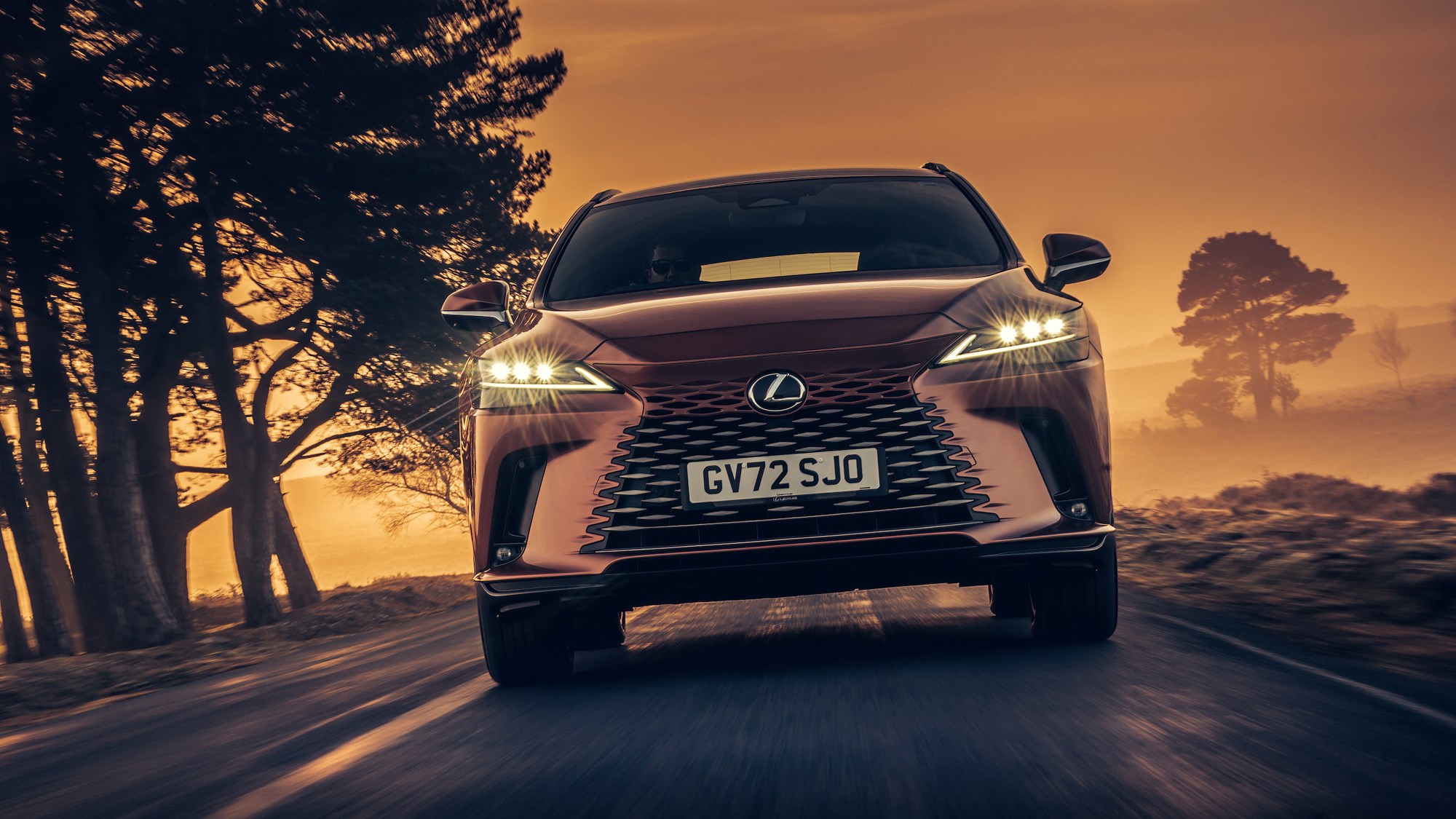► New flagship Lexus SUV launched
► Choice of three hybrid powertrains
► We drive the middling PHEV model
The Lexus RX has been around for a long time now. The first-generation model was launched in 1999 which means, if you’re prepared to ignore cars like the original Range Rover and the Mercedes M-Class, it could be seen as the car that sparked the entire luxury SUV revolution.
The Mk1 RX sat in relative isolation, but times have changed. Now, almost every manufacturer has a large premium SUV in its fleet, meaning the RX now faces more competition than ever. Not only does it need to see off the usual band of German rivals, but it’s also battling the likes of Range Rover Velar, Volvo XC90 and the upstart Genesis GV80.
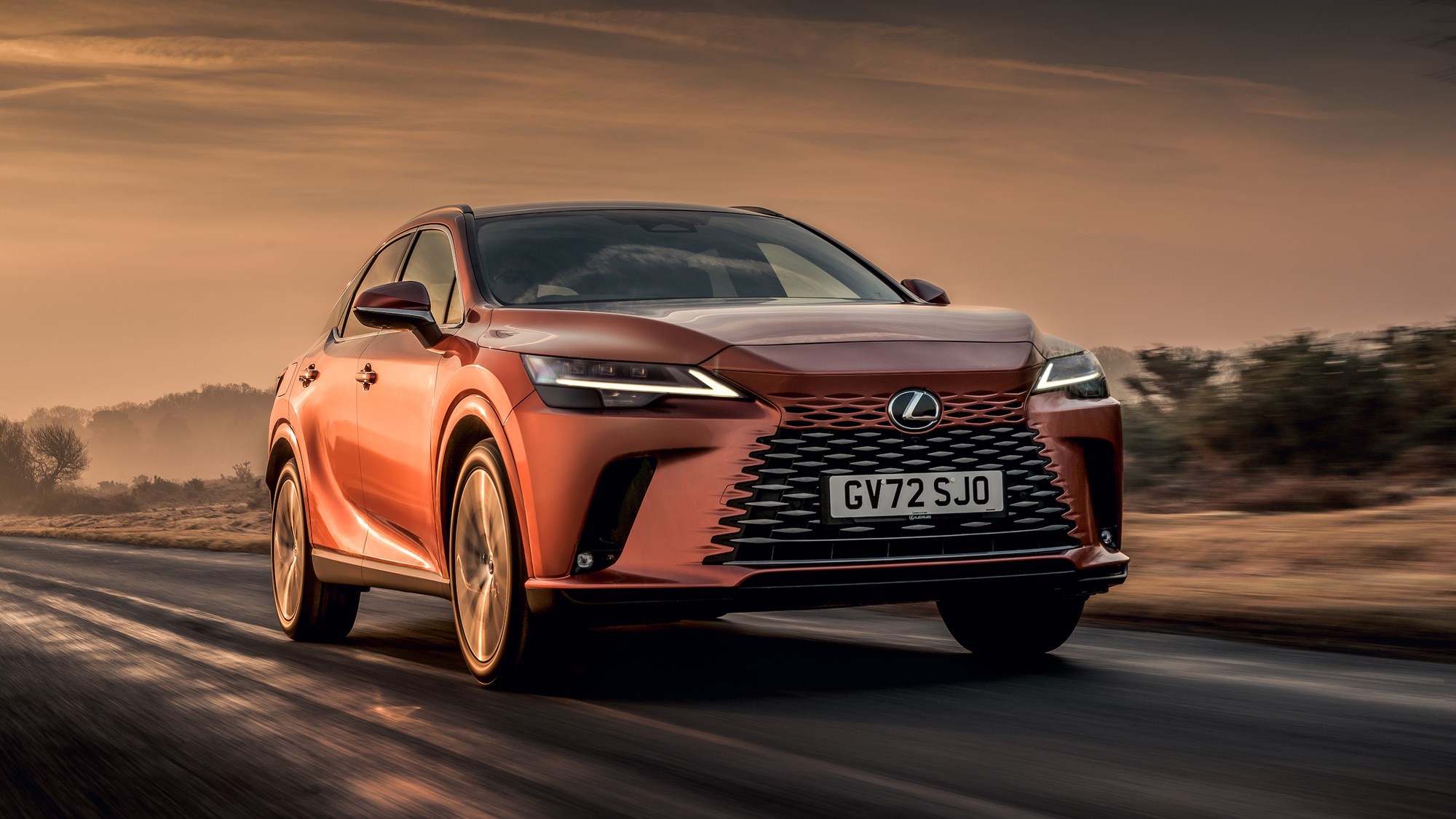
This is the latest version of the RX. It’s the eighth in the series and it’s entering the ring swinging with a host of clever technology, a fresh new look and a choice of three hybrid powertrains (including a sporty 366bhp model for the range-topping RX 500h). Is that enough to remain competitive, though? We took the plug-in hybrid RX 450h+ for a drive to find out.
What’s powering the Lexus RX 450h+?
Surprise! It’s the same 2.5-litre four-cylinder plug-in hybrid system found in the Toyota RAV4. Like its sibling, it features an 18.1kWh battery pack and an electric motor on each axle. That gives it a maximum output of 304bhp, an electric range of around 40 miles and four-wheel drive.
The RX is reasonably fast in a straight line, although it trails key luxury PHEV SUV rivals like the Mercedes GLE 400 e and BMW X5 xDrive50e. Lexus says the 450h+ can sprint from 0–62mph in 6.5 seconds, which is 0.4 seconds behind than the Mercedes and a whopping 1.7 seconds slower than the BMW. But the RX isn’t set up for speed, so you don’t go looking for it.
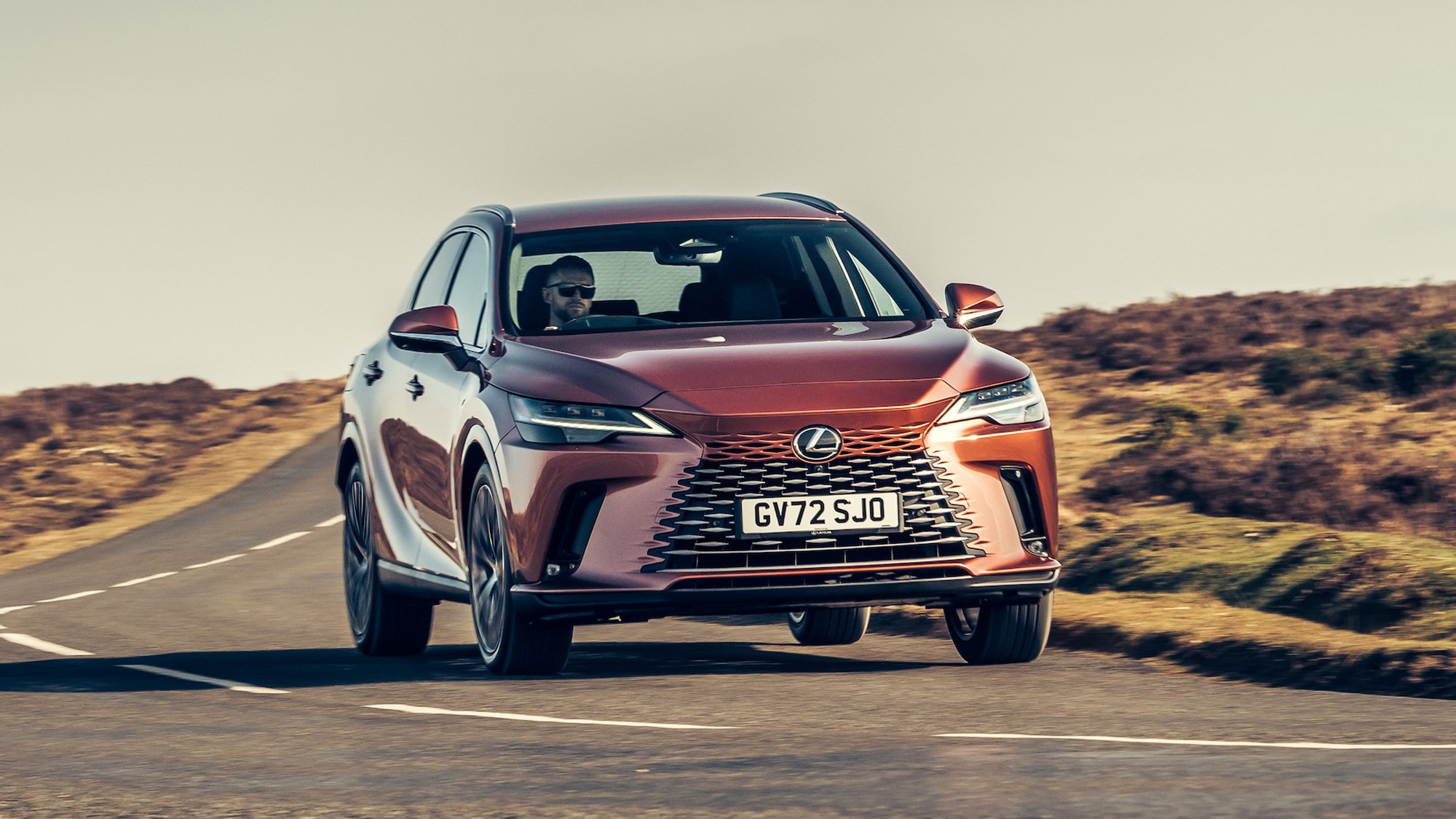
After just half an hour behind the wheel, you’ll be conditioned to drive more sensibly. The RX never eggs you on to go faster. It reins you in and slows you down. Prime example – the engine is hitched to an e-CVT so, if you ask for maximum throttle, the revs will soar skywards. It isn’t a nice engine to listen to, either, which is all the deterrent we needed against speeding.
You can also forgive the performance deficit when you experience how smoothly the RX shuffles between EV and hybrid mode. And, as we’ll mention below, its soft suspension may make your passengers feel queasy if you often drive with exuberance.
It must be efficient, right?
We haven’t spent enough time in the RX to make a call on its real-world fuel economy, but it seems to meter out its battery power intelligently. At the end of our 70-mile route, we still had a third of the battery left and the trip gauge said we’d been averaging an impressive 99.9mpg. If you hadn’t guessed, that’s as high as the gauge goes – and it shows the RX can deliver efficiency when asked.
The RX has a party trick, too. Once you’ve emptied the battery, it starts running like a full hybrid, which means you’re not dragging around the dead weight of the battery and motors. They’re forced to earn their keep, clawing back what power they can through regenerative braking and redeploying it to increase the efficiency of the petrol engine. Like the RAV4, we expect the RX to return around 40mpg in this scenario.
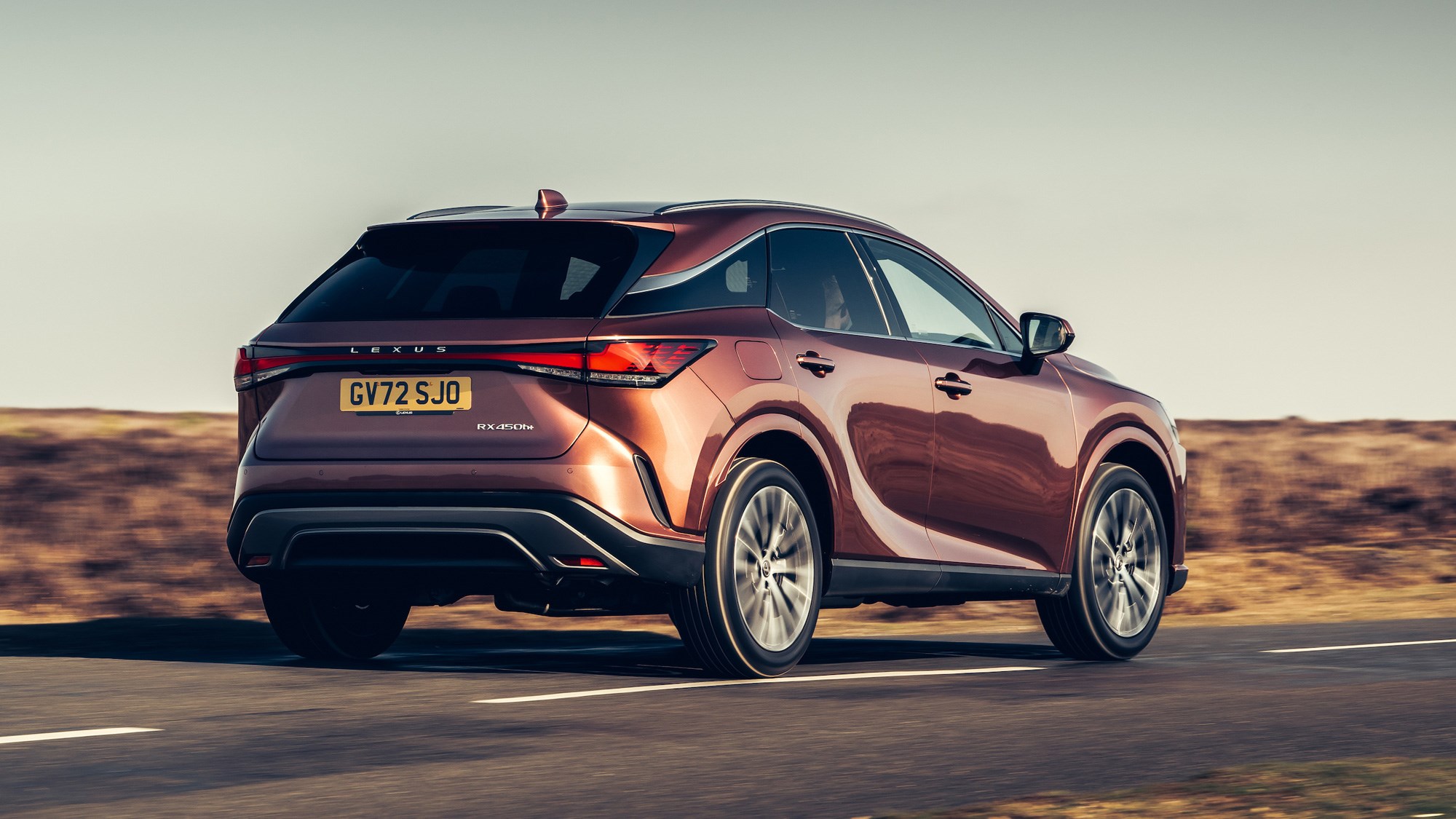
This helps to make up for the RX’s electric range. Lexus says the 450h+ can drive for between 40 and 43 miles on electric power alone, which looks a little lacklustre compared to the 60-odd miles offered by the plug-in hybrid versions of the X5 and GLE. Don’t fret, though. That’s still more than enough for most daily commutes.
We’re also pleased the RX doesn’t have a longer electric range, because then it would need a bigger battery. It’s a double-edged sword. Sure, a PHEV with a longer electric range is kinder to the planet when it’s charged – but once it runs out of juice, you’ll be carting around more weight and putting more strain on the petrol engine. And, as we’ll now explain, the last thing the RX needs is more weight.
What’s it like to drive?
It’s heavy. The most generously equipped RX 450h+ weighs more than 2.2 tonnes – and you can tell the chassis is having a hard time managing that bulk. Drive over a dip in the road and the RX will compress into the tarmac like it’s just had a skip full of cast iron dropped on its roof.
We reckon the springs are a little too soft and the dampers don’t offer enough resistance early on in their stroke to control the weight of the RX crashing down on them. Our Takumi test car also came with adaptive dampers, but switching them to Sport mode didn’t make much of a difference.
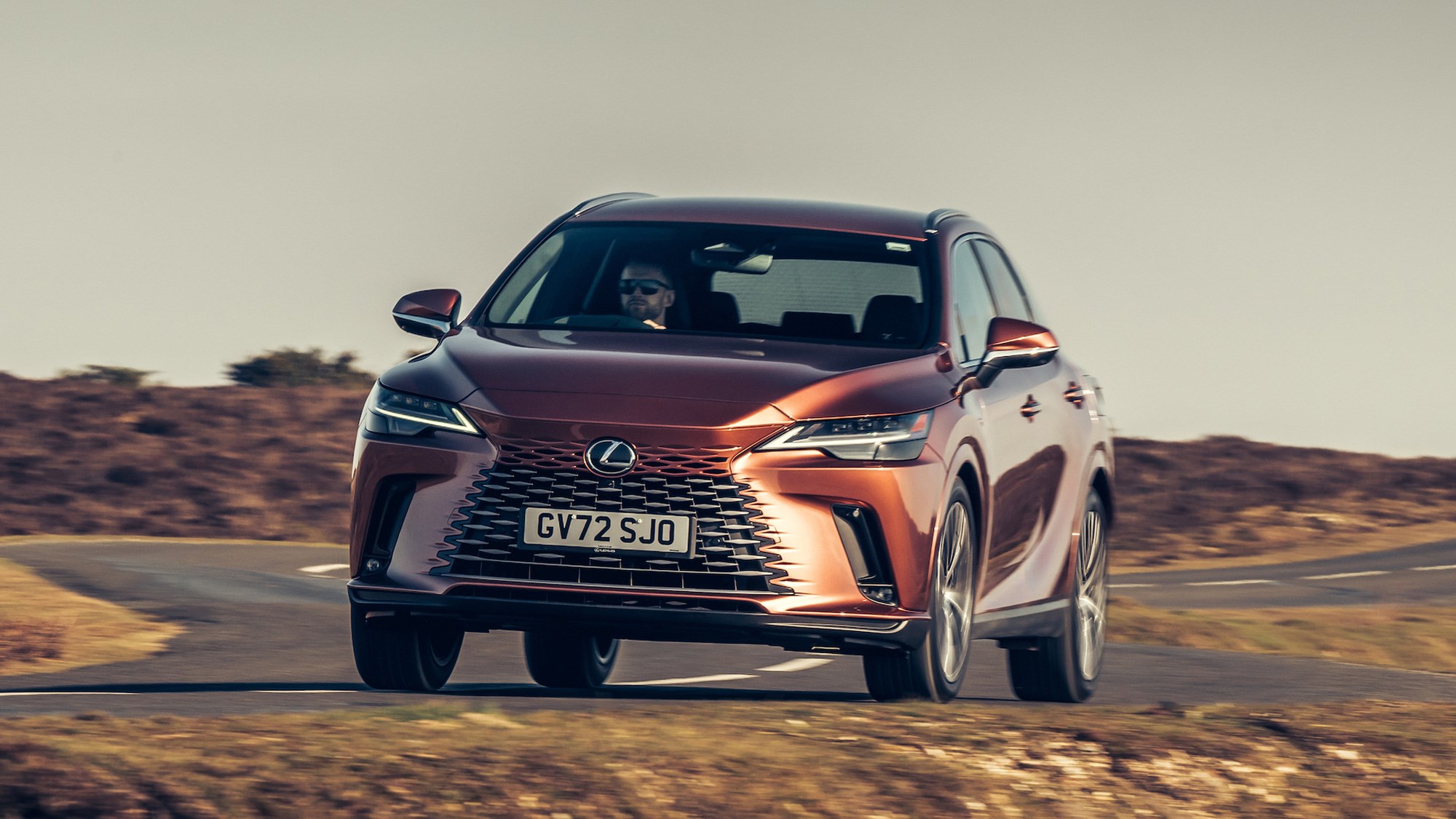
You get a similar sensation in the corners – only it’s laterally rather than vertically. Tip the RX into a bend hard and it’ll lean over like a superbike rider, which might make your passengers feel a bit sick. It isn’t dangerous, though. There’s actually an awful lot of grip available.
Because the battery pack for the car’s PHEV system is mounted under the cabin, the RX has a very low centre of gravity. Couple that with its four-wheel drive and four-wheel steering systems and you’ll find you can take corners much quicker than the suspension would lead you to believe.
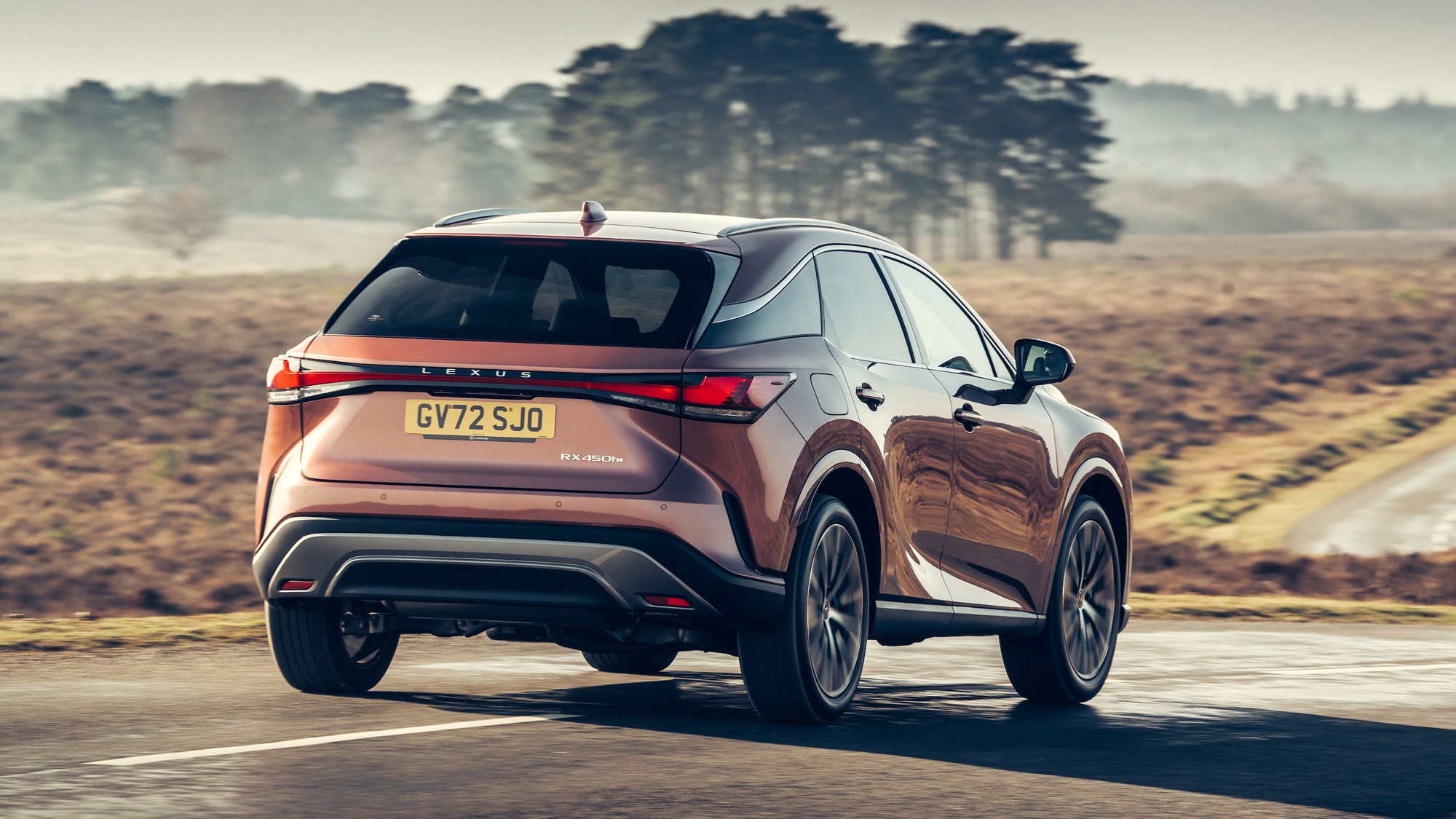
There’s also a flipside to this softness. The RX is great at filtering out sharp bumps. Even though our test car was fitted with the largest 21-inch alloy wheels available, the chassis felt like it could round off everything short of an asteroid crater, even when blasting along the motorway.
Because the wheels aren’t cemented in place by their struts, there isn’t much movement in the body when you hit a pothole. The wheel moves in the arch without passing the shock through the rest of the car – and that makes it comfortable on a fast road. Wind and tyre noise are also kept in check and, when you’re running in EV mode (which you can do at speeds of up to 80mph), the powertrain is almost silent.
What about the interior?
The cabin’s a lovely place to be, especially if you splash out on the range-topping Takumi specification. Its cream leather upholstery and enormous panoramic sunroof make the interior feel light and airy – and there’s loads of technology to keep you comfortable and entertained.
We like the infotainment system, too. Every version of the car comes with a 14-inch screen, which is crisp and responsive. Lexus also hasn’t fallen into the trap of bunging all the controls on the screen. You get physical dials for the heater controls, buttons for the demister and a proper volume knob.
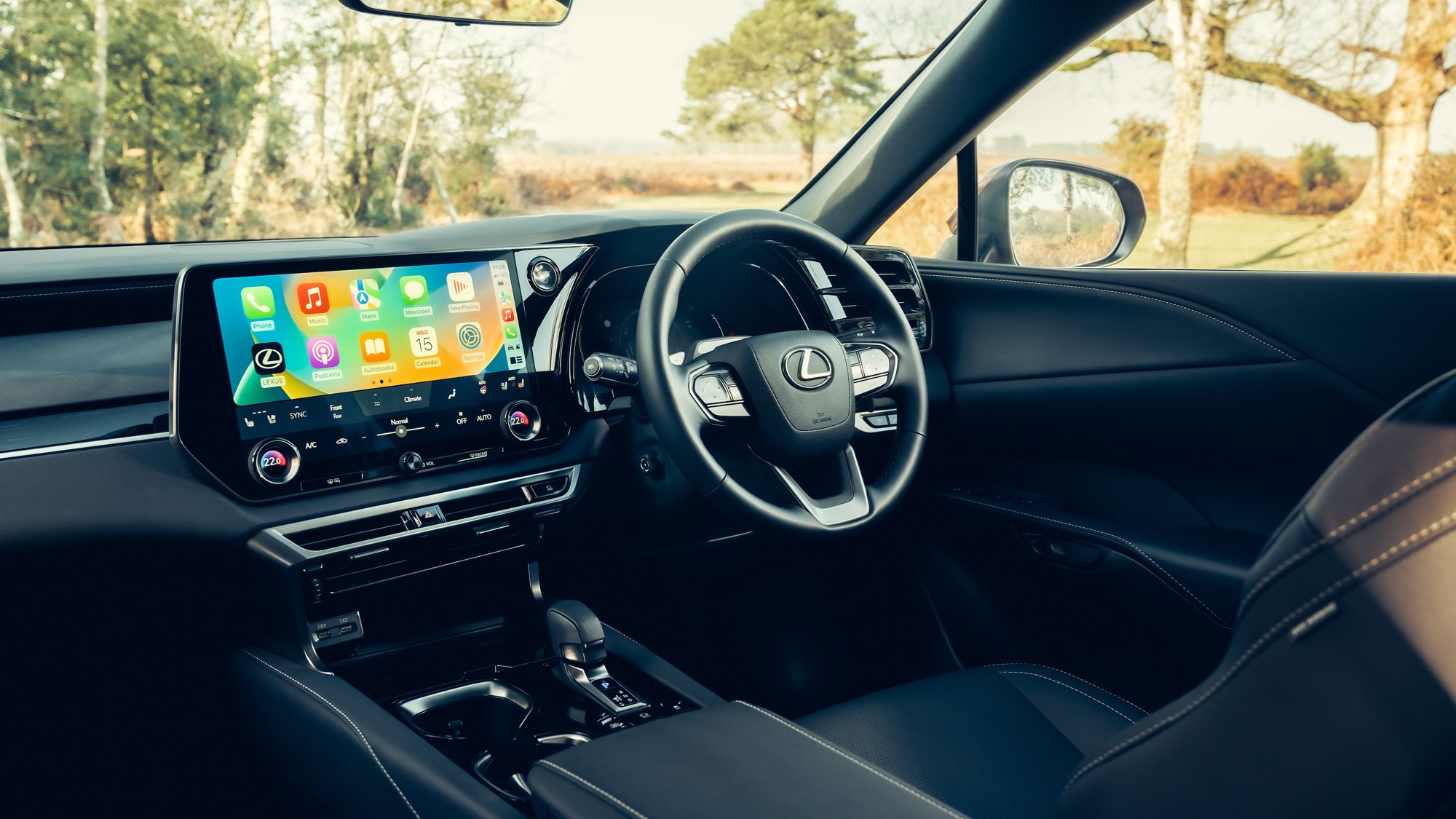
And it’s comfy. Front seat passengers get a pair of incredibly accommodating electrically adjustable chairs, while the rear bench feels like a business class cabin on a posh airliner. Our range-topping Takumi model also had heated, cooled and electrically adjustable rear seats, along with a 21-speaker Mark Levinson stereo. The speakers sound great, too, if not wanting for a little more bass.
But this luxury doesn’t come cheap. As tested, our RX Takumi test car cost £79,450. That seems like an awful lot of money when you compare it to the BMW X5 xDrive50 M Sport, which is better in the corners, much faster in a straight line, more spacious in the boot and, at the time of writing, about £200 cheaper.
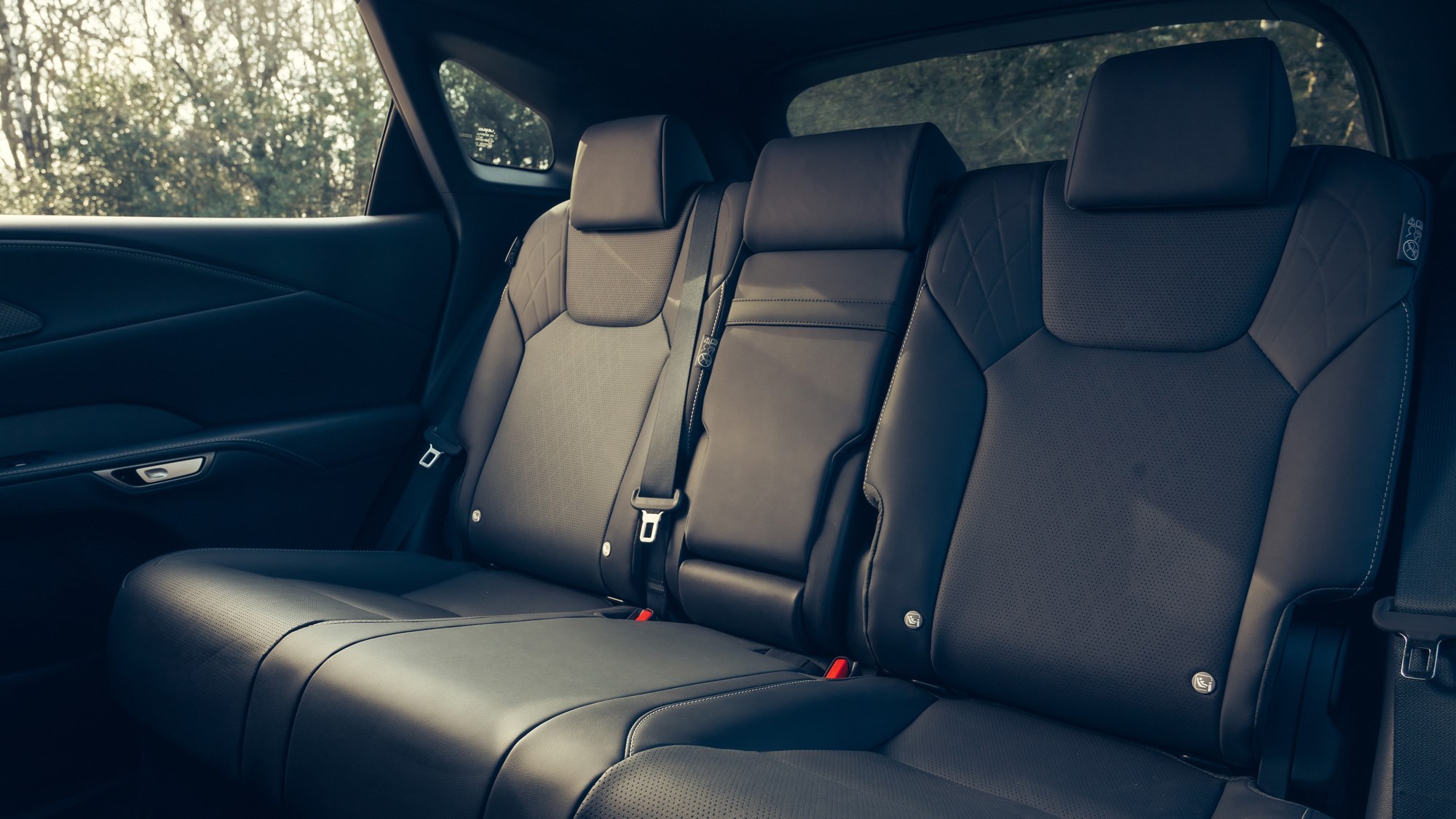
You can solve the price problem by moving down the RX pecking order and opting for a lesser trim level. The most basic 450h+ Premium Pack variant starts from £64,950, which is more reasonable – and it’s hardly spartan inside. You still get three-zone climate control, a wireless smartphone charger, heated seats and a heated steering wheel
Verdict
The Lexus RX is a perfectly recommendable luxury SUV. It’s comfortable, refined, efficient and it feels suitably expensive. However, it’s a bit one-dimensional – and there’s a growing expectation for cars in this class to do more than just one thing well.
There are PHEV SUVs for similar money that have a broader range of ability, such as the BMW X5 or the Land Rover Discovery. The former is sharper to drive, while the latter can happily carry seven passengers up a rocky escarpment. So, if you need more than just comfort, consider the rivals.
If you’re on the fence, sit down and weigh up what you want from your car. Do you want to regularly go hunting for twisty B-roads or spend your weekends towing horseboxes and battling greenlanes? If the answer to both these questions is no, then the RX might just be the luxury SUV for you.
